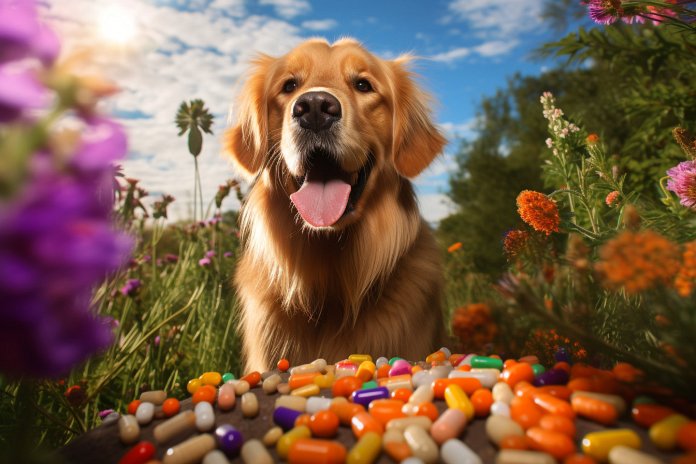
Have you encountered sniffer dogs at an international airport or a music festival? These highly-trained dogs have the ability to detect various odors, including drugs. In this article, we will explore the types of drugs that dogs can detect and the strength of their sense of smell.
The Signs of Dogs Smelling Drugs
Dogs have an incredible sense of smell, and there are certain signs that indicate they have picked up an interesting scent. These signs include ignoring commands, focusing solely on the scent, and setting off in pursuit of the odor. Professional sniffer dogs, used by law enforcement agencies, are trained to exhibit specific behaviors when they detect narcotics.
Body Language
Dogs use various body language signs to indicate that they are tracking a scent, such as staring, barking, sniffing, and head tilting. They may also display intense focus, ignore commands, and scratch or paw at the source of the scent.
The History of Drug Sniffer Dogs
Dogs have been used in law enforcement since the 14th century, primarily for guarding and hunting. However, they were later utilized to track suspects and detect explosives and illegal substances. Over time, the list of substances that sniffer dogs can detect has expanded, and dogs have undergone re-training to adapt to changing laws.
The Science of Drug Sniffer Dogs
Scientific research has shed light on why dogs are so proficient at detecting drugs with their noses. Dogs have wet, spongy noses that capture scents and exhale through slits to circulate new air. They also have a fold of tissue in their nostrils that diverts air to separate breathing and scent analysis channels. Dogs possess far more olfactory receptors than humans and a larger part of their brain dedicated to analyzing smells, making their sense of smell significantly better than ours.
How Dogs are Trained to Detect Drugs
A dog’s ability to smell drugs does not mean they are addicted to or enjoy them. These dogs are trained to associate the detection of target odors with rewards, such as food or playtime. Training takes several months and focuses on teaching dogs to identify and find specific illegal substances. Labradors, German Shepherds, and Belgian Malinois are commonly trained breeds due to their steady temperament and strong prey drive.
By simplifying the language and breaking down the information into shorter paragraphs, the text becomes easier to read while maintaining its length.
“Through their powerful noses and intense training, sniffer dogs have become the ultimate detectives in the fight against drugs.”

Tips & Things to Know
1️⃣ Dogs have an incredible sense of smell and can be trained to detect drugs, explosives, and other illicit substances. They can pick up on scents that humans cannot, making them valuable assets for law enforcement agencies.
2️⃣ When a dog is tracking down a scent, they display certain body language signs such as intense focus, ignoring commands, and sniffing the air or ground. These behaviors indicate that the dog is honing in on a specific scent.
3️⃣ Drug detection dogs are trained to associate the target odor with a reward, such as food or playtime with a favorite toy. This positive reinforcement helps them learn to identify and find specific illegal substances. Commonly trained breeds for this purpose include Labradors, German Shepherds, and Belgian Malinois.
Frequently Asked Questions, Answered ✅
1. Can dogs really smell drugs?
Answer: Yes, dogs have an amazing sense of smell and are trained to detect various types of narcotics, including drugs.
2. What signs do dogs show when they smell drugs?
Answer: Dogs may exhibit signs such as intense focus, ignoring commands, sniffing the air or ground, turning their head to follow a scent, rapid inhalation and exhalation, and scratching or pawing at the source of the scent.
3. How long have dogs been used in law enforcement to detect drugs?
Answer: Dogs have been used in law enforcement since the 14th century, but they were primarily used for guarding and hunting. It wasn’t until the 1970s that dogs were trained to detect illegal substances.
4. How do dogs have a better sense of smell than humans?
Answer: Dogs have up to 300 million olfactory receptors in their noses, compared to our 6 million. The part of their brain responsible for analyzing smells is 40 times larger than ours, giving them a sense of smell that is 10,000 to 100,000 times better than humans.
5. How are dogs trained to detect drugs?
Answer: Dogs are trained over several months to identify and find specific illegal substances. They are taught scent association, search patterns, and given rewards such as food or playtime when they successfully locate the target odor. Commonly trained breeds include Labradors, German Shepherds, and Belgian Malinois.